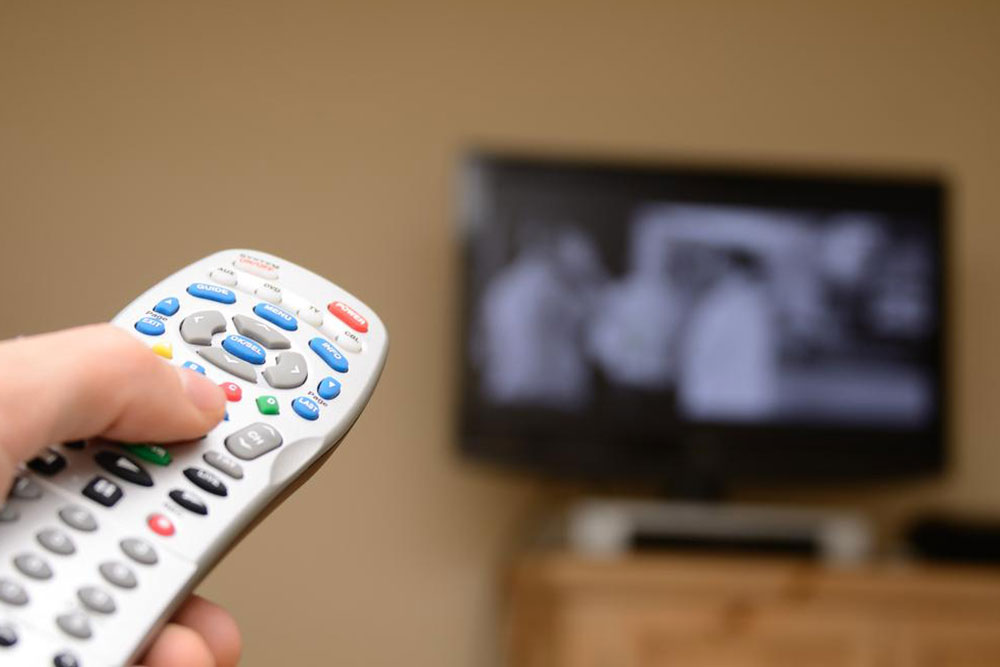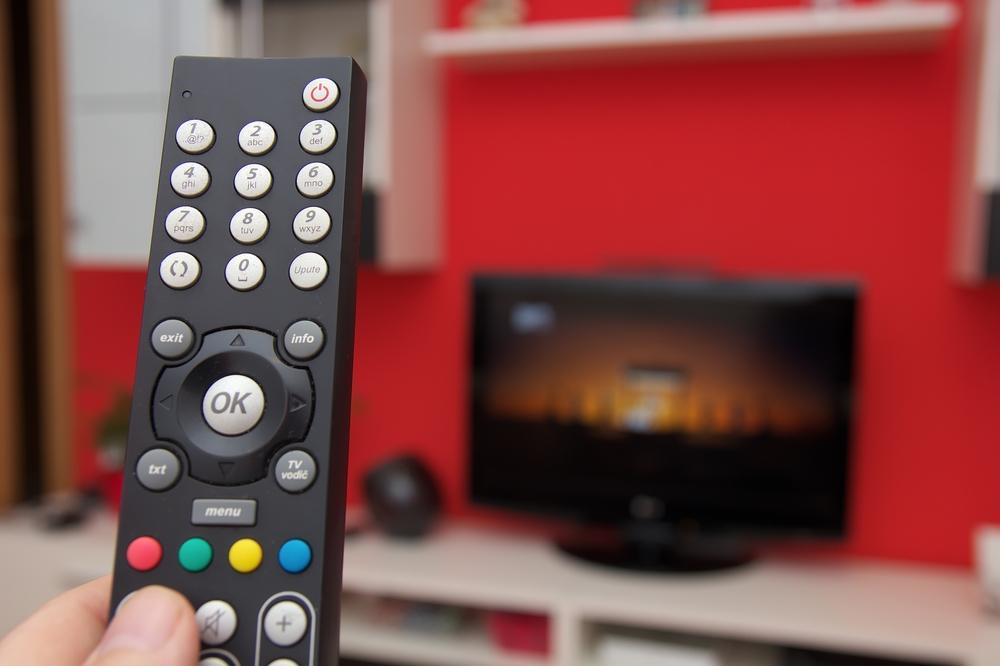The Comprehensive Evolution and Impact of Cable Television in Modern Media
This comprehensive article explores the evolution of cable television from its inception in the 1940s, highlighting technological advances, regulatory changes, and its enduring role in modern media. It discusses how cable technology expanded access in urban and rural areas, the impact of deregulation in the late 20th century, and the ongoing relevance of cable amidst competing streaming platforms. The piece offers insights into how cable continues to adapt through digital innovations and exclusive content delivery, maintaining its significance in today's entertainment industry.

The Evolution and Significance of Cable Television in Contemporary Media
Cable television has played a transformative role in the history of mass communication, profoundly influencing how audiences access and consume entertainment and information. Its origins stem back to the 1940s in the United States, a period marked by technological innovation and expanding urban infrastructure. Initially, broadcast television relied on over-the-air signals transmitted via tall towers, which necessitated viewers installing antennas to receive signals effectively. As the demand for better signal quality grew, more towers were constructed to extend coverage and improve clarity, especially in urban areas where the need was most pressing.
Early cable services primarily targeted metropolitan centers, where the limited reach of traditional broadcast signals left rural communities underserved. Recognizing this gap, cable providers began deploying coaxial cables to deliver television signals directly into homes, offering a solution to geographical limitations and signal attenuation issues. The technology of the time initially depended on fixed hybrid systems, combining traditional over-the-air broadcast signals with cable delivery methods, which posed regulatory challenges managed by the Federal Communications Commission (FCC). These regulations aimed to balance industry growth with societal interests, ensuring equitable access and preventing monopolistic practices.
Throughout the 1950s and 1960s, cable television expanded rapidly, especially in densely populated urban and suburban regions. It became an essential medium for delivering a broader array of channels, including specialized content not available through traditional broadcast networks. This period marked the beginning of cable's evolution from ancillary service to a significant competitor in the broadcasting landscape. The FCC's policies during this era sought to regulate cable operations, balancing growth with public interest concerns. As cable technology matured, it began offering higher quality signals and diverse programming, including local news, educational content, and entertainment channels.
By the late 1970s, cable television experienced a significant turning point fueled by deregulation. Under the leadership of FCC Chairman Mark S. Fowler and the broader political climate of President Ronald Reagan's administration, new policies encouraged deregulation aimed at promoting competition and innovation within the industry. This shift allowed cable companies greater freedom to expand their services, enter new markets, and negotiate content licensing agreements directly with content producers. The deregulation era facilitated a boom in cable infrastructure investments, enabling cable operators to offer an increasingly diverse array of programming, including major sporting events, blockbuster movies, and popular television series.
Technological advancements, including the transition from analog to digital signals and the advent of fiber-optic cable, further enhanced the capacity and quality of cable networks. Additionally, the development of cable modern systems like set-top boxes and on-demand services revolutionized user experiences, offering viewers more control over what and when they watched. Despite the rise of satellite and internet-based streaming platforms, traditional cable television maintains a significant presence due to its reliability, extensive content libraries, and ability to deliver exclusive programming. Moreover, cable provider bundles continue to be a preferred choice for many households seeking comprehensive entertainment and connectivity solutions.
In modern times, cable television faces competition from emerging media technologies, yet it persists as an integral component of the multimedia ecosystem. It's particularly effective in delivering live broadcasts, including sports, news, and special events, which are still central to its appeal. The industry continues to evolve with innovations like high-definition broadcasting, interactive TV, and integration with streaming platforms, ensuring it remains relevant amidst rapid technological change. The history of cable television exemplifies a journey of technological progress, regulatory adjustments, and strategic evolution—shaping the landscape of contemporary media and entertainment.




